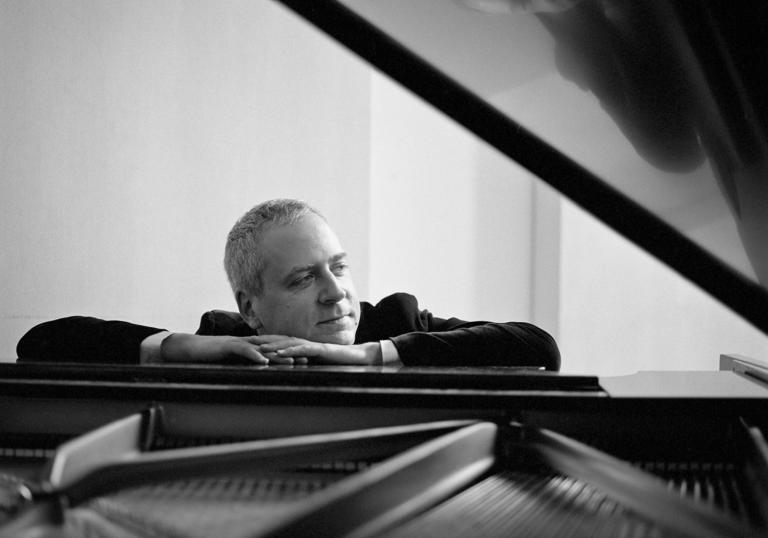
Programme and performers
Johann Sebastian Bach The Well-Tempered Clavier, Book 1
1. Prelude and Fugue in C major, BWV 846
2. Prelude and Fugue in C minor, BWV 847
3. Prelude and Fugue in C♯ major, BWV 848
4. Prelude and Fugue in C♯ minor, BWV 849
5. Prelude and Fugue in D major, BWV 850
6. Prelude and Fugue in D minor, BWV 851
7. Prelude and Fugue in E♭ major, BWV 852
8. Prelude in E♭ minor and Fugue in D♯ minor, BWV 853
9. Prelude and Fugue in E major, BWV 854
10. Prelude and Fugue in E minor, BWV 855
11. Prelude and Fugue in F major, BWV 856
12. Prelude and Fugue in F minor, BWV 857
13. Prelude and Fugue in F♯ major, BWV 858
14. Prelude and Fugue in F♯ minor, BWV 859
15. Prelude and Fugue in G major, BWV 860
16. Prelude and Fugue in G minor, BWV 861
17. Prelude and Fugue in A♭ major, BWV 862
18. Prelude and Fugue in G♯ minor, BWV 863
19. Prelude and Fugue in A major, BWV 864
20. Prelude and Fugue in A minor, BWV 865
21. Prelude and Fugue in B♭ major, BWV 866
22. Prelude and Fugue in B♭ minor, BWV 867
23. Prelude and Fugue in B major, BWV 868
24. Prelude and Fugue in B minor, BWV 869
Jeremy Denk piano
Jeremy Denk
Jeremy Denk is one of America’s foremost pianists. Winner of a MacArthur ‘Genius’ Fellowship, and the Avery Fisher Prize, Denk was recently elected to the American Academy of Arts and Sciences. Denk returns frequently to Carnegie Hall and in recent seasons has appeared with the Chicago Symphony, New York Philharmonic, Los Angeles Philharmonic, San Francisco Symphony, and Cleveland Orchestra, as well as on tour with Academy of St Martin in the Fields, and at the Royal Albert Hall as part of the BBC Proms.
Denk is also known for his original and insightful writing on music, which Alex Ross praises for its ‘arresting sensitivity and wit.’ He wrote the libretto for a comic opera presented by Carnegie Hall, Cal Performances, and the Aspen Festival, and his writing has appeared in the New Yorker, the New Republic, The Guardian, and on the front page of the New York Times Book Review. One of his New Yorker contributions, ‘Every Good Boy Does Fine,’ forms the basis of a book for future publication by Random House in the US, and Macmillan in the UK.
Denk’s recording of the Goldberg Variations for Nonesuch Records reached No 1 on the Billboard Classical Charts. His recording of Beethoven’s Piano Sonata No 32 in C Minor, Op 111 paired with Ligeti’s Études was named one of the best discs of the year by the New Yorker, NPR, and the Washington Post, and his account of the Beethoven sonata was selected by BBC Radio 3’s Building a Library as the best available version recorded on modern piano. Denk has a long-standing attachment to the music of American visionary Charles Ives, and his recording of Ives’s two piano sonatas also featured in many ‘best of the year’ lists. His recording c.1300-c.2000 was released in 2018 with music ranging from Guillaume de Machaut, Gilles Binchois and Carlo Gesualdo, to Stockhausen, Ligeti and Glass.
Jeremy Denk is a graduate of Oberlin College, Indiana University, and the Juilliard School. He lives in New York City.
